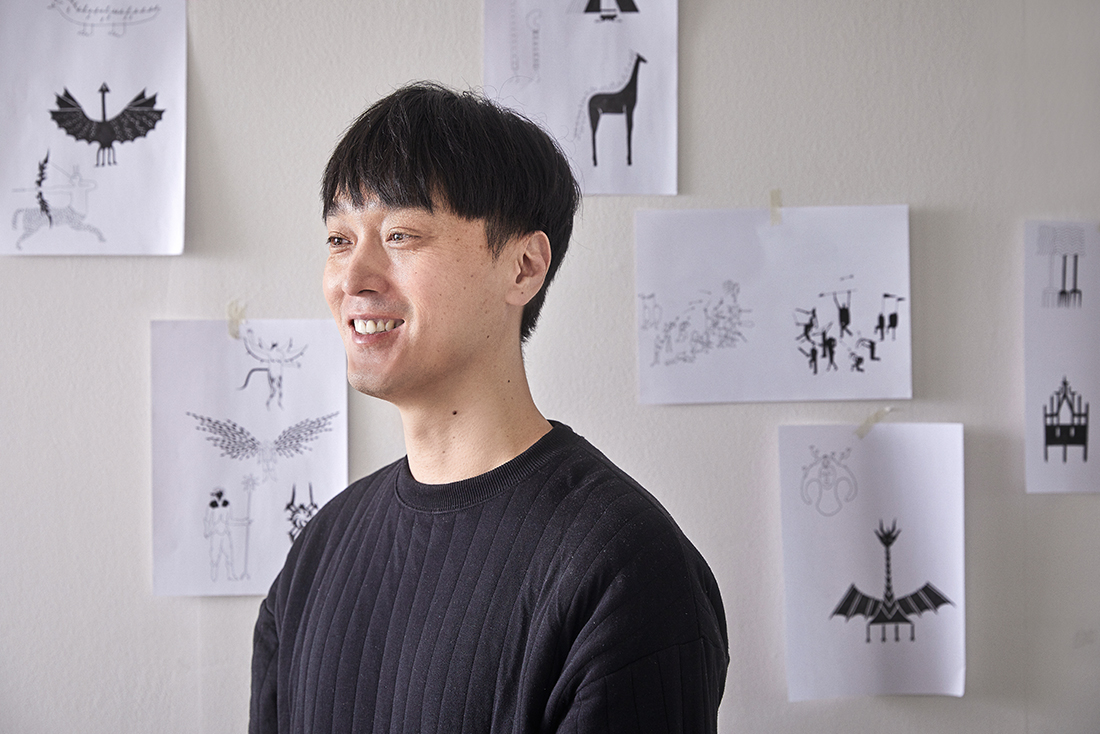The people expanding the boundaries of fun through connecting NC’s contents with their creativeness
An image pops up on the computer screen, when letters are entered. An image of two warriors swinging their swords appears, when the letter “A” is entered. Fonts that are composed of images, instead of letters, are called image languages. NC’s game playing was transformed into an image language that everyone could use. Designer Kyu-hyung Cho reinterpreted games into image languages through . His image language design works have first received attention from the people outside the country. The reporter met Cho and listened to his story on how the interesting image languages of < NC TYPE PLAY > were born and how these would extend the boundaries of fun.
Online Exhibition → https://nctypeplay.com
 Facebook
Facebook  Twitter
Twitter  Reddit
Reddit  LinkedIn
LinkedIn  Email
Email  Copy URL
Copy URL 

















